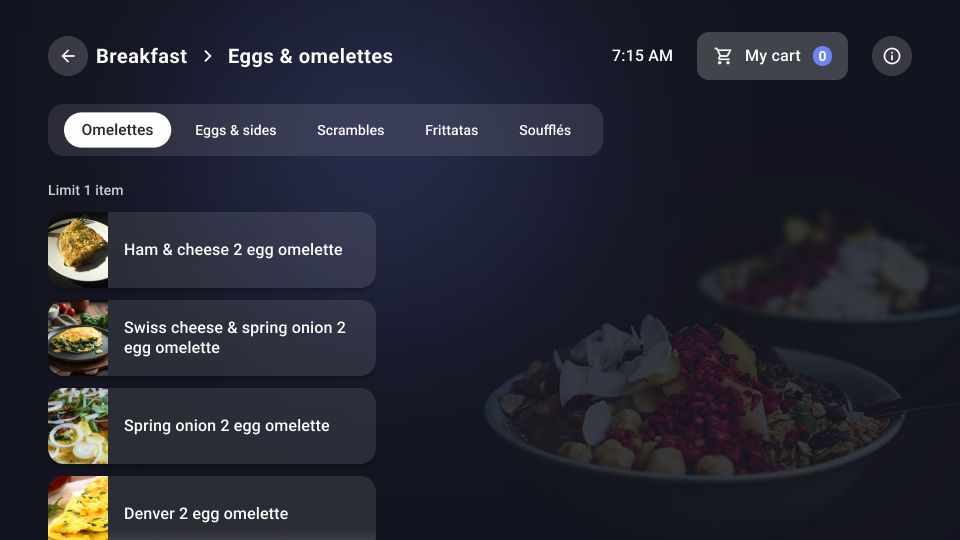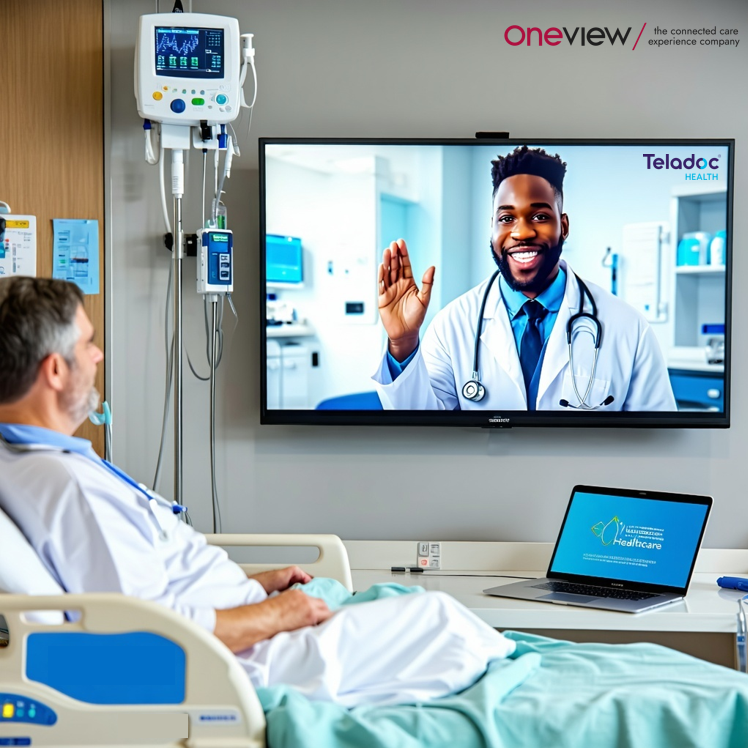New patient care & senior living assistance technologies emerge constantly. Senior living communities want to keep up and make sure they implement the best tools to help their organizations function smoothly, and help their residents live their best lives. Implementing new care technology can be a huge undertaking and a significant stressor, but done correctly, it can also be incredibly exciting and morale boosting for community staff and residents. Keys to a smooth and successful implementation include:
Get feedback from the people who matter most. (Hint: It’s not your IT team!)
The most important person to consult in a technology implementation isn’t your IT team. It’s your end user. Sometimes, in the process of seeking funding and approval from internal leadership, it’s easy to forget to consult with the people who will ultimately cause your technology’s success or failure – the people who use it every day – your patients and your senior residents if you’re a senior care home. For staff-facing applications, be sure to meet regularly with key staff members to make sure the tools really help them with their day-to-day tasks. For resident-facing technology, gather resident input. Surveys, meetings and resident panels can all help inform your technology decisions.
Identify and prepare for any disruptions.
If you’re replacing an existing care technology, it’s important to take inventory of everything the existing technology does, and make a plan for transition. Does your technology maintain databases? If so, be sure to back up your data. Does your technology integrate with other systems in your senior living community? If so, make a list of every connection and list the potential consequence of severing the integration. That way, you’ll have a ready-made list of key features to implement with your new technology to minimize disruptions in your workflow.
Be your own internal champion.
You chose a new care technology for a reason. It will probably streamline your workflows, drive efficiencies, engage your residents, or make communication easier for family members of your senior residents and patients. Whatever the benefit, always keep it at the forefront of your mind and internal communications. If your staff will benefit, tell them how their lives will get better. They’ll be more excited to embrace the technology, and will be willing and able to train new staff and keep the patient care technology in constant, appropriate use. Excited users maximize adoption. And better adoption means better results.
Be patient and trust your implementation specialist.
Implementing new technology often means weeks or months of migrating data and building integrations. But the end justifies the means. While you might be eager to skip steps in the process or ignore details, it’s important to follow each step completely. Your implementation specialist is an expert in this area and has helped multiple customers implement new tools. Trust their expertise, and follow their instructions for best practices. They’re experts for a reason. All in all, taking the time and trusting the experts will make all users better informed and better trained, and will help ensure the technology is customized in all the right ways.
As advanced technology becomes more and more prevalent in every industry, and as people of every age continue to adopt new technologies, there will be more and more tools to implement. It’s important to know what to expect, to take challenges in stride, and to know that ultimately, digital patient care & senior care experience technology exists to improve the way our communities work, and how our senior residents and patients can live their best, most independent lives.
To learn more about implementing new patient technologies, contact us today to receive more information.



